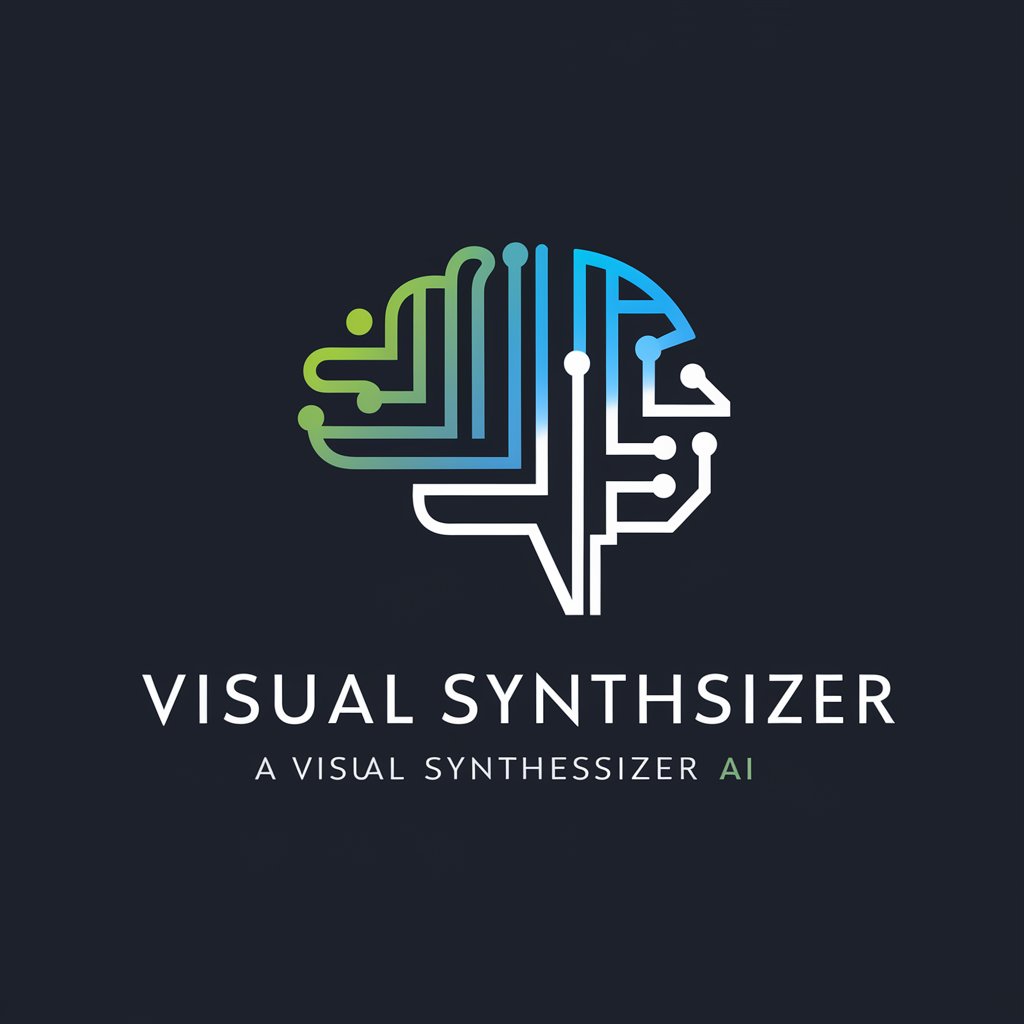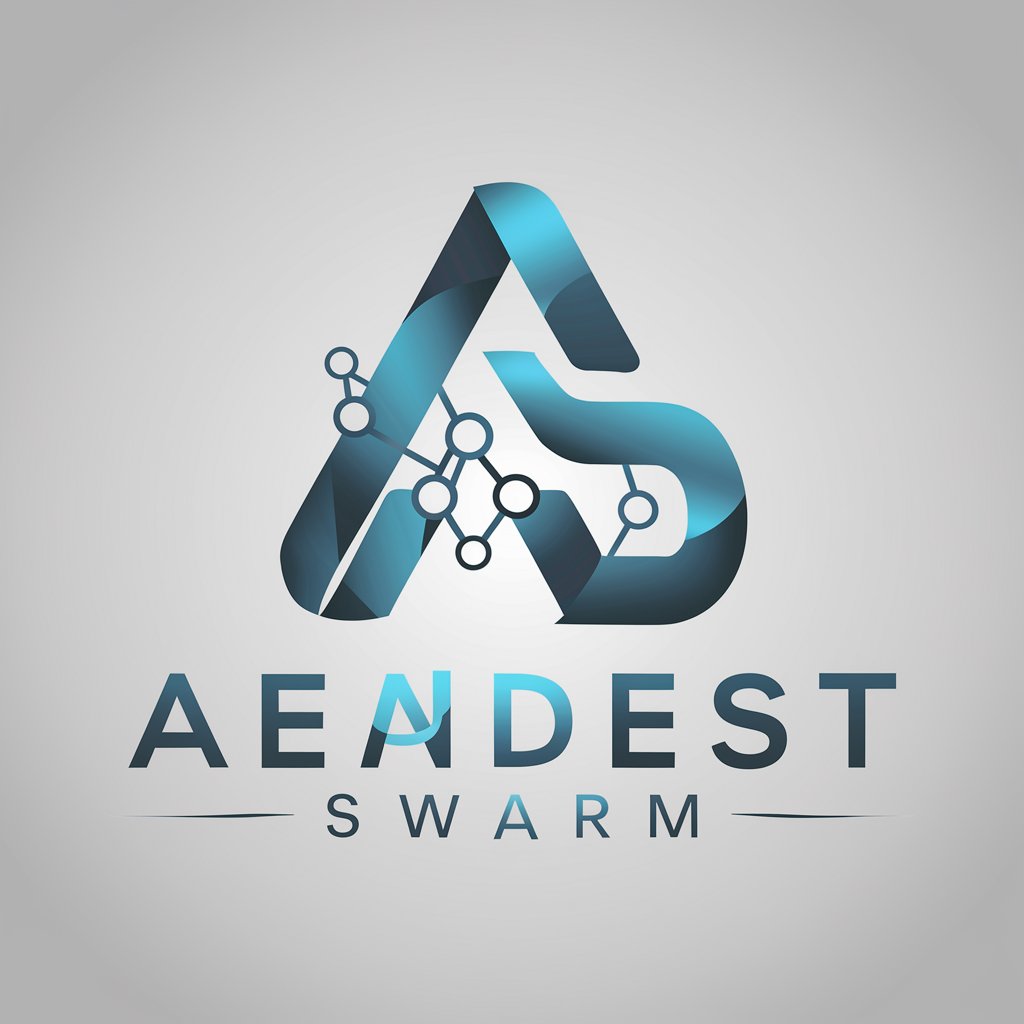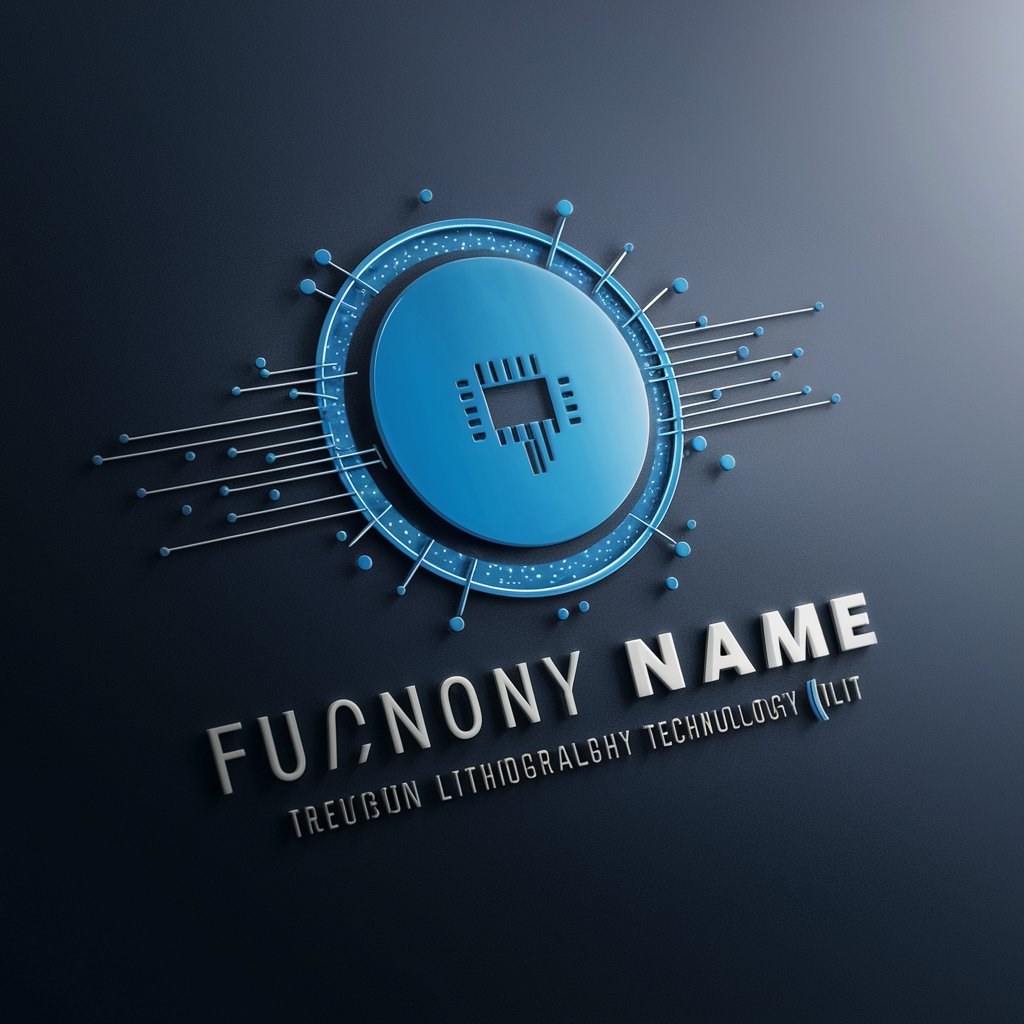FastAPIHTMX - HTMX Integration for FastAPI

Welcome to FastAPI-HTMX, your tool for rapid interactive web development.
Elevate web interactivity with AI-driven HTMX
Create a logo that symbolizes the seamless integration of FastAPI and HTMX.
Design an emblem that conveys the speed and efficiency of FastAPI-HTMX.
Imagine a modern, tech-focused logo for a tool that simplifies interactive web development.
Craft a logo that blends elements of APIs, HTML, and dynamic web interactions.
Get Embed Code
Introduction to FastAPI-HTMX
FastAPI-HTMX is an extension designed for FastAPI to facilitate the integration and use of HTMX in developing web applications. Its primary purpose is to streamline the development of lightly interactive web applications by reducing boilerplate code, especially around Jinja2 template handling. This is achieved through an opinionated set of decorators that allow developers to focus on building their application logic without worrying about the intricacies of connecting HTMX with FastAPI. For example, using FastAPI-HTMX, a developer can easily create a web page that dynamically loads content without a full page refresh, enhancing the user experience with minimal effort. A typical scenario illustrating FastAPI-HTMX's utility is the development of a dashboard where real-time data needs to be fetched and displayed without interrupting the user's interaction with other parts of the application. Powered by ChatGPT-4o。

Main Functions of FastAPI-HTMX
`htmx()` Decorator
Example
Using the `htmx()` decorator to specify a Jinja2 template for rendering a response, enabling partial page updates.
Scenario
In a customer management application, the `htmx()` decorator is used on an endpoint that returns a list of customers. When a user clicks a 'Load More' button, only the customer list part of the page is updated, improving the responsiveness of the application.
`htmx_init()` Function
Example
Initializing FastAPI-HTMX with a Jinja2 template directory, enabling the application to locate and use templates for rendering.
Scenario
At the start of a project, `htmx_init()` is called with the template directory path. This setup allows all endpoints decorated with `htmx()` to automatically find and render the specified templates, streamlining the project setup and reducing repetitive code.
SPA-like Functionality
Example
Leveraging partial and full-page templates to provide single-page application (SPA) behaviors without the complexity of a full SPA framework.
Scenario
In an e-commerce site, product listings are dynamically loaded into the current page as the user scrolls, and product details can be fetched and displayed in a modal without navigating away from the page. This approach minimizes page loads and creates a seamless user experience.
Custom Jinja2 Filters
Example
Adding custom Jinja2 filters for template rendering, enhancing the flexibility of data presentation.
Scenario
An application displaying a list of events allows dates to be formatted in a user-friendly manner using a custom `datetime_format` filter, making it easier for users to understand event timings.
Ideal Users of FastAPI-HTMX
Web Developers
Developers building web applications that require dynamic content updates without the need for full page reloads. They benefit from FastAPI-HTMX's ability to simplify AJAX requests and partial page rendering, enabling a more interactive user experience with less frontend code.
Prototype Creators
Individuals or teams who need to rapidly prototype web applications. FastAPI-HTMX allows for quick iterations over the UI and backend logic, facilitating the demonstration of interactive web app features without extensive setup.
Educators and Learners
Teachers and students in web development courses can use FastAPI-HTMX to understand and implement modern web technologies. Its simplicity and integration with FastAPI make it a valuable tool for educational purposes, helping learners grasp the concepts of asynchronous web content.
Startup Teams
Startup teams working on web applications that need to be developed and iterated quickly. FastAPI-HTMX's efficient backend setup and easy integration with frontend components allow these teams to focus on delivering features and improving user engagement.

How to Use FastAPI-HTMX
Start with YesChat.AI
Begin by exploring YesChat.AI for an immediate, registration-free trial experience, bypassing the need for ChatGPT Plus.
Install FastAPI-HTMX
Utilize pip or poetry to install FastAPI-HTMX. Ensure you have FastAPI and Jinja2 installed as prerequisites for a smooth setup.
Initialize HTMX in Your App
Set up your FastAPI application to recognize HTMX by initializing it with your Jinja2 templates directory using `htmx_init`.
Create HTMX-Enabled Endpoints
Leverage the `@htmx` decorator to define endpoints in your application that render Jinja2 templates and respond to HTMX requests.
Optimize with Partial Templates
Use partial templates for dynamic content loading and improve user experience by minimizing full-page reloads.
Try other advanced and practical GPTs
Visual Synthesizer
Transforming Data into Visual Stories

AI Strategy Navigator
Navigate AI integration with strategic precision.

SimpliPolicy
Simplify legal documents with AI

SEO E-E-A-T Assistant
Elevate Content with AI-Powered Insights

Agent Swarm
Harness collective AI for streamlined tasks

Culinary Explorer
Explore Global Cuisines with AI

DigitAlly
Elevate Your Conversations with AI Power

AI Legal Advice
Empowering Legal Decisions with AI

Text Scanner
Digitizing Text Seamlessly with AI

Stock Sensei
Empowering Investment Decisions with AI

Italian Learning
Master Italian with AI-Powered Personalization

ILT
Empowering Nanoscale Precision

FastAPI-HTMX Q&A
What is FastAPI-HTMX?
FastAPI-HTMX is an extension for FastAPI designed to facilitate the use of HTMX by simplifying the integration process and reducing boilerplate code, particularly for creating dynamic, partially updating web pages.
How does FastAPI-HTMX enhance web development?
By allowing developers to create endpoints that directly render Jinja2 templates and handle HTMX requests, FastAPI-HTMX streamlines the development of interactive web applications without needing to write extensive JavaScript.
Can FastAPI-HTMX be used for full SPA-like applications?
Yes, FastAPI-HTMX supports SPA-like functionality through URL rewriting and history management, enabling the creation of single-page applications with HTMX for dynamic content loading and navigation.
How do I add custom Jinja2 filters with FastAPI-HTMX?
Custom Jinja2 filters can be added by configuring them in your Jinja2 environment. FastAPI-HTMX allows you to integrate these filters for use in your templates to extend template functionality.
Is FastAPI-HTMX suitable for REST API projects?
While FastAPI-HTMX is optimized for interactive web applications, its underlying FastAPI framework capabilities make it fully compatible with REST API development, allowing for a hybrid approach in building web services.
